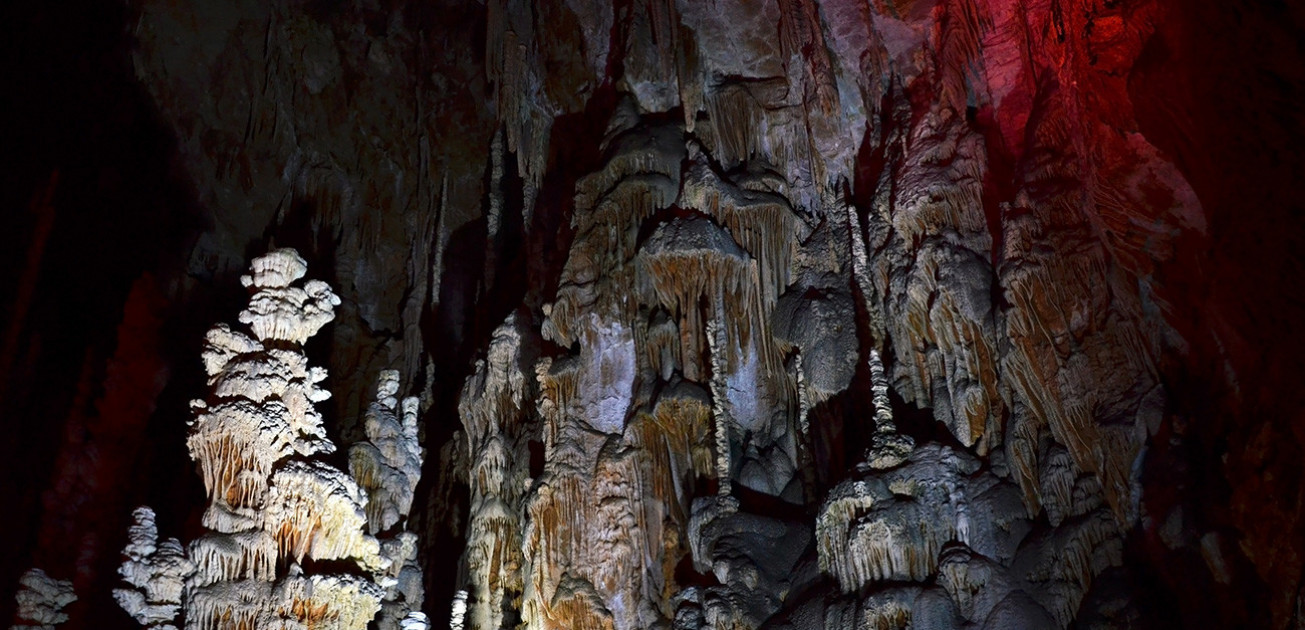


"Our world’s caves are places of wonder, mystery and majestic beauty. Show caves around the world are embracing their role in protecting and preserving caves and providing a place for people to learn about these special, natural, cultural and historical resources.
Show caves also play another important nature tourism role of sustainable economic development, providing jobs, and helping the economy of their regions.”
Read the full article here: Texas Monthly
There were many ways to die underground during the Ice Age in Central Texas. Sinkholes in the karst hills, slick-sided and treacherous, swallowed unwary animals. Saber-toothed cats dragged their prey back to underground dens, leaving behind generations of bones, including those of the cats themselves, lying beside their victims in the dark. Treacherous paths in the depths, far from the sun, waited for those with the urge to explore.
In 1960, that animal urge to slip underground led Orion Knox Jr. and three other St. Mary’s University students—all avid cavers—to go looking for caves. With the owners’ permission, they explored the Wuest family ranch in Comal County, 25 miles north of San Antonio. There the group discovered a passage at the bottom of a sinkhole, under the shadow of a great limestone bridge.
Over the course of several expeditions, with ropes around their waists, they slithered underground for more than a mile, through tight walls and sucking mud. In 1963, exploring far from the passages that would later be open for public tours, they found holes leading into two deep pits, 120 feet below the main shaft. The students nicknamed the two pits the Dungeon and the Inferno. Rappelling down into the former, Knox discovered that he and his friends had not been not the first to descend. Embedded amid the ooze and stone were the fossilized bones of a wildcat.
(...)
What happened to them? Did they enter the cave at roughly the same time, or was it hundreds of years apart? How did they end up at the bottoms of the Inferno and Dungeon pits, a mile back and 120 feet down through impenetrable dark? Wuest and Moretti have recently identified a possible entry point: a now-sealed shaft nicknamed the Attic, leading down to the remains of long-vanished Ice Age bat colonies.
Perhaps, Wuest suggests, the cats came in chasing prey and got lost in the labyrinthine passageways. Or perhaps they simply did what animals occasionally do, from wildcats to cavers like Orion Knox: they saw a hole, and they decided to venture inside.